-

Cissus antarctica (Kangaroo Vine), Photography Jaka Adamic
-

Duboisia myoporoides (Corkwood), Photography Jaka Adamic
-

Banksia aemula (Wallum Banksia), Photography Jaka Adamic
-

Acacia falcata (Hickory Wattle), Photography Jaka Adamic
-
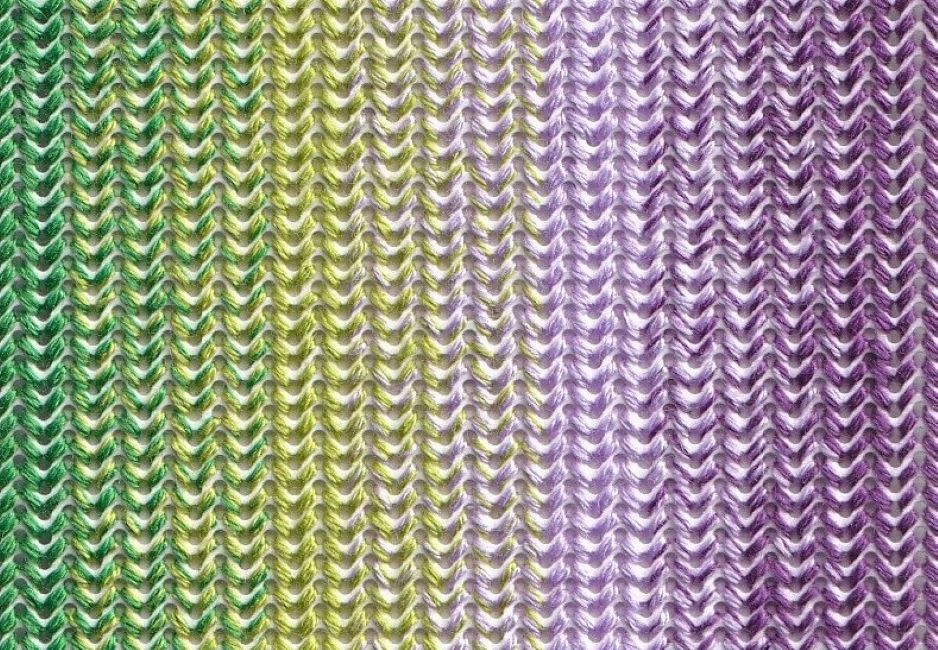
Damasonium minus (Starfruit), Image courtesy Lyndall Phelps
-

Acacia maidenii (Maiden's Wattle), Image courtesy Lyndall Phelps
-
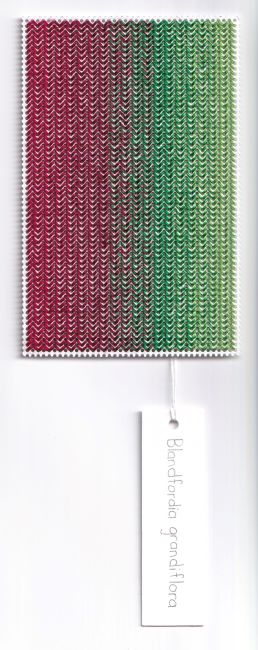
Blandfordia grandiflora (Christmas Bells), Image courtesy Lyndall Phelps
-

Xylomelum pyriforme (Woody Pear), Image courtesy Lyndall Phelps
-

Miss Edith Thornton, Photography Jaka Adamic
-

Mrs Mary Hodgkinson, Photography Jaka Adamic
-
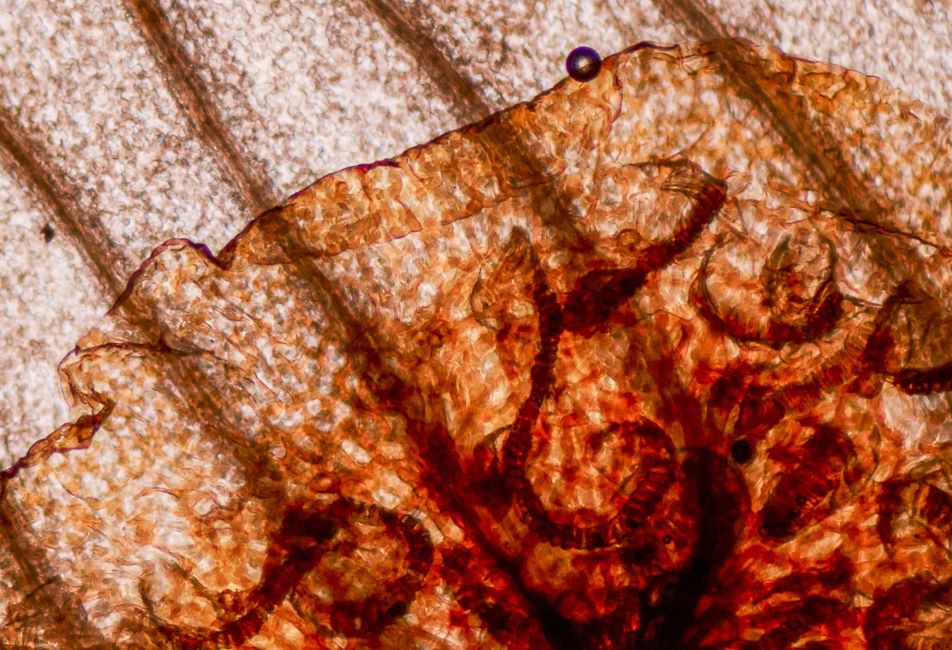
Adiantum formosum (Giant Maidenhair Fern), Photography Heidi Lunn and Lyndall Phelps
-

Callicoma serratifolia (Silver-leaf Butterwood), Photography Heidi Lunn and Lyndall Phelps
-

Carpobrotus glaucescents (Pigface), Photography Heidi Lunn and Lyndall Phelps
-

Rubus rosifolius (Native Raspberry), Photography Heidi Lunn and Lyndall Phelps
-

Cyathea leichhardtiana (Prickly Tree Fern), Photography Jaka Adamic
-
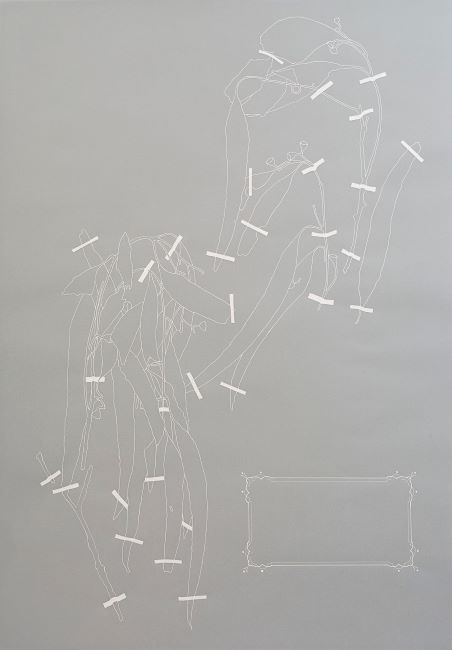
Eucalyptus bosistoana (Coast Grey Box), Photography Jaka Adamic
-
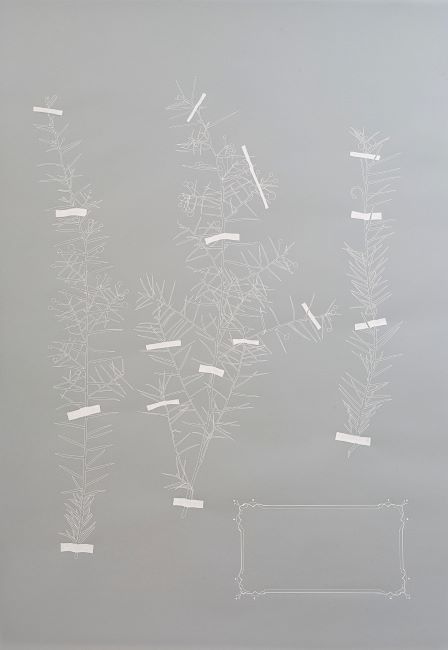
Acacia trinervata (Three-veined Wattle), Photography Jaka Adamic
-
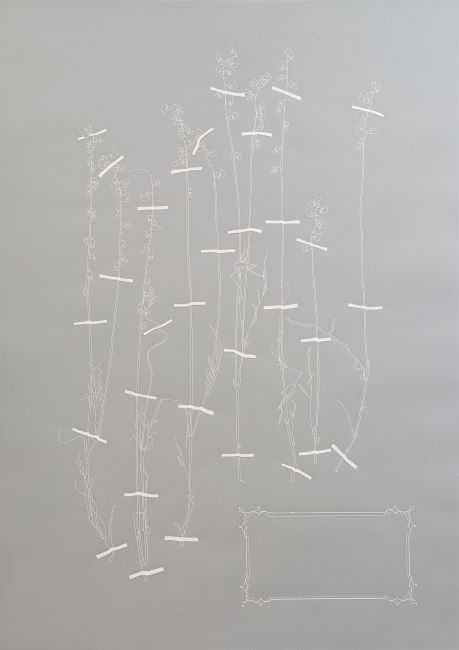
Swainsona recta (Small Purple Pea), Photography Jaka Adamic
-
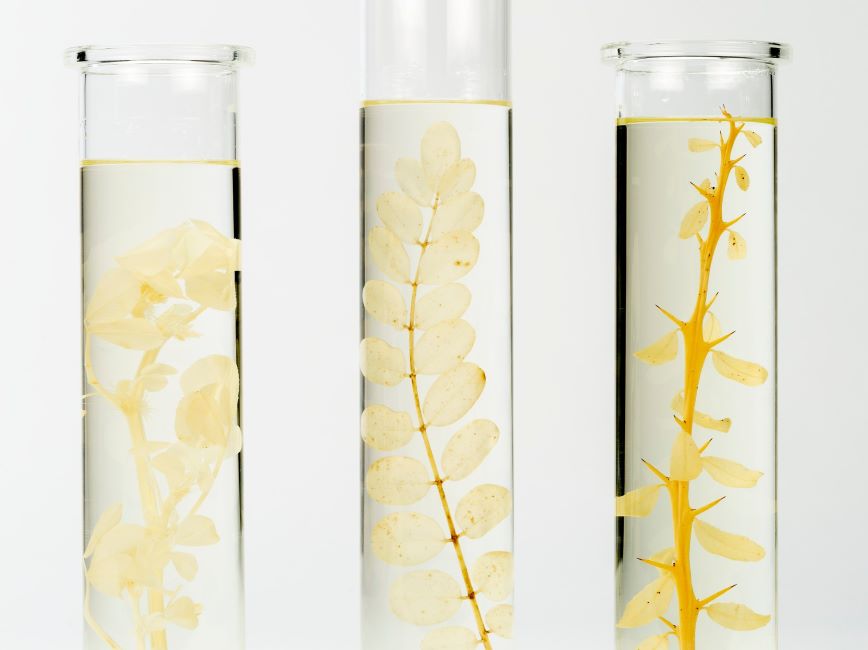
Photography Jaka Adamic
-

Adiantum formosum (Giant Maidenhair Fern), Photography Jaka Adamic
-
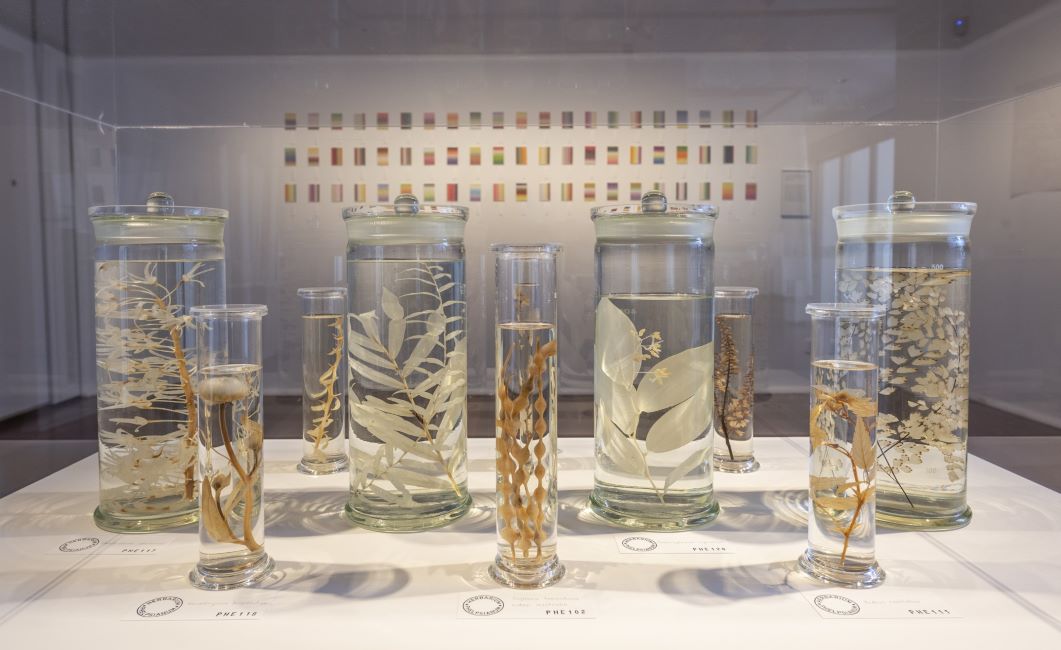
Photography courtesy Grafton Regional Gallery
-

Photography courtesy Grafton Regional Gallery
-

Photography courtesy Grafton Regional Gallery
Re-collect explores two key areas, firstly the little-known achievements of women in the collecting of botanical specimens in nineteenth century Australian, and secondly, the beauty, fragility and vulnerability of the natural world.
During the second half of the eighteen hundreds, an extensive network of collectors posted plant specimens to Ferdinand von Mueller, for Australia’s first herbarium, the National Herbarium of Victoria, which he established in 1853. The overwhelming majority of these collectors were amateur. Two hundred and twenty-five women have been identified, many of whom were early settlers in isolated areas of Australia. Re-collect focuses on their invaluable contribution to Australian botany.
To gain a greater understanding of these women’s achievements, I examined thousands of botanical specimen records on the Australasian Virtual Herbarium website. This research resulted in an installation comprising drawings, embroideries, photographs, and botanical specimens. The visual style of the work is influenced by the aesthetics of natural history collections and women’s craft in the Victorian era.













































